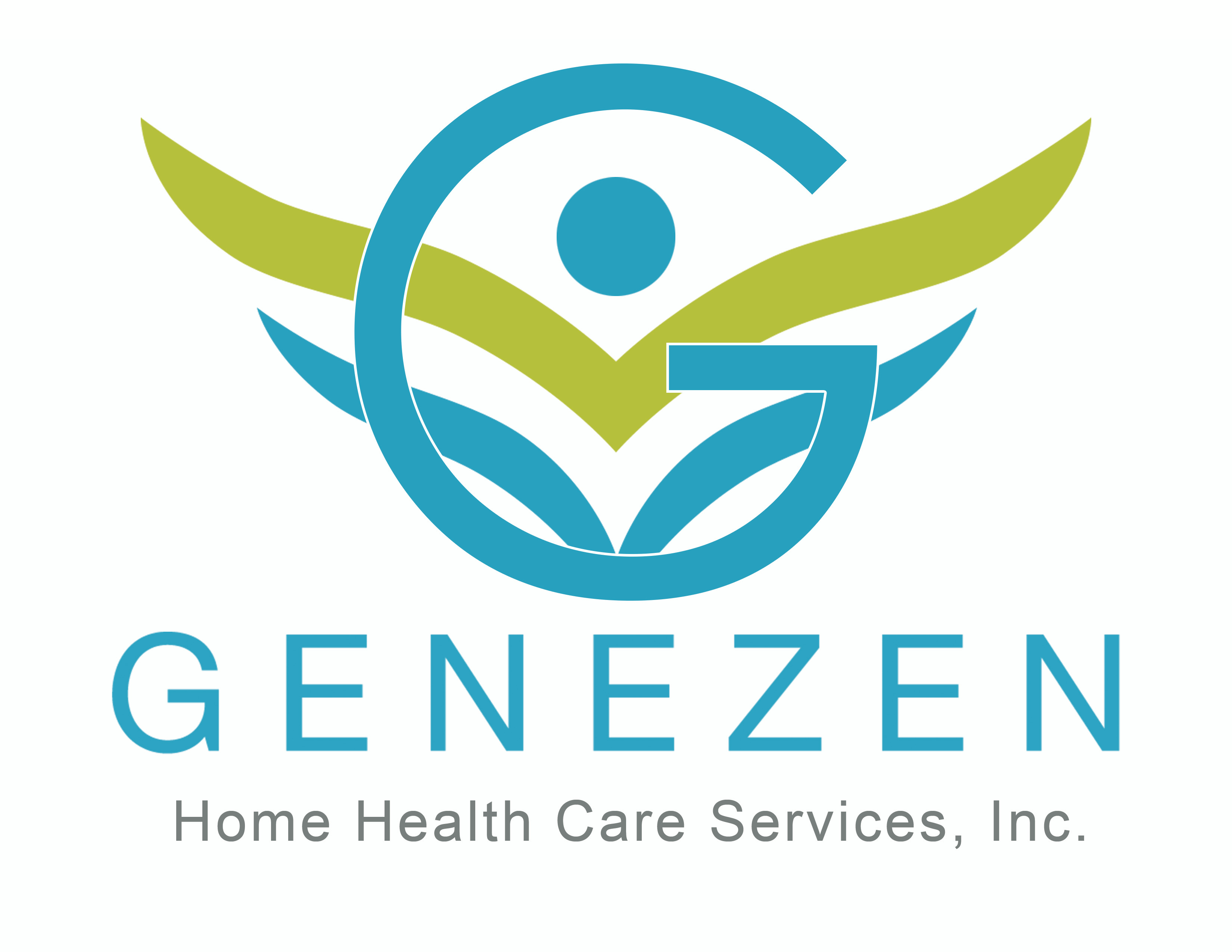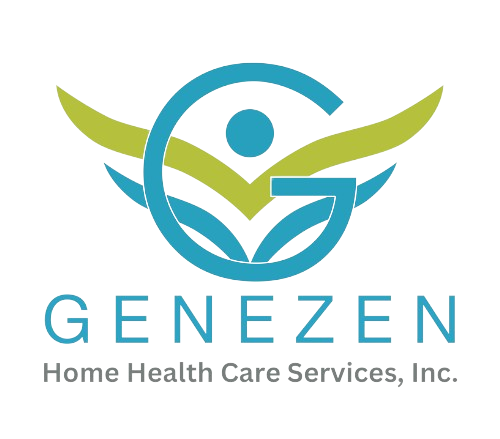Language is the foundation of communication, learning, and social interaction. When a person has difficulty understanding or using language appropriately, it can impact every aspect of life, from academic performance to emotional well-being. Language disorders are not limited to children; they can affect individuals of all ages. The good news is that speech therapy offers effective strategies to help individuals improve their language skills and lead more fulfilling lives.
In this article, we’ll explore everything you need to know about language disorders and how speech therapy can help. Whether you’re a parent, teacher, caregiver, or an adult seeking answers, this guide offers valuable insights into understanding, identifying, and managing language disorders.
What is a Language Disorder?

A language disorder is a communication disorder in which a person has persistent difficulties in understanding (receptive language), expressing (expressive language), or both. It differs from a speech disorder, which involves problems with articulation, fluency, or voice.
Common Signs and Symptoms
- Limited vocabulary for their age
- Difficulty following directions
- Struggles to form complete or grammatically correct sentences
- Challenges in telling stories or relaying information
- Frequent misunderstandings
- Behavioral signs like frustration, isolation, or tantrums
Causes of Language Disorders
Language disorders can stem from various factors:
- Neurological conditions: Autism, brain injuries, epilepsy
- Genetic factors: Specific Language Impairment (SLI), family history
- Hearing loss: Even a mild hearing impairment can affect language development
- Environmental factors: Neglect, lack of language exposure, trauma
Types of Language Disorders

Language disorders can take many forms, each impacting different aspects of communication. From expressive language difficulties to receptive language impairments, understanding the specific type of disorder is key to providing effective treatment.
Receptive Language Disorder
Individuals with this condition struggle to understand spoken or written language. They may not follow instructions or understand questions appropriately.
Expressive Language Disorder
People with expressive language disorder have difficulty putting thoughts into words. They may know what they want to say but struggle with vocabulary, grammar, or sentence structure.
Mixed Receptive-Expressive Language Disorder
This type combines both receptive and expressive difficulties, making it more complex and often requiring intensive intervention.
Specific Language Impairment (SLI)
SLI is a developmental language disorder without a known cause. It affects language skills while other areas of development remain typical.
Language Disorders Related to Other Conditions
Some language disorders are secondary to other developmental conditions, such as:
- Autism Spectrum Disorder (ASD)
- Down Syndrome
- Cerebral Palsy
- Intellectual Disabilities
- Hearing Impairments
How Is a Language Disorder Diagnosed?

Early signs of language disorders often appear in preschool years. Delays in reaching speech milestones, difficulty interacting with peers, or academic struggles are red flags.
Diagnostic Process
Diagnosis involves a comprehensive evaluation by a Speech-Language Pathologist (SLP) and may include:
- Review of medical and developmental history
- Hearing assessment
- Standardized language and cognitive tests
- Observations in different settings (home, school)
Importance of Early Intervention
Timely identification and treatment are critical. The earlier the intervention, the better the outcomes for language development and overall success in school and social life.
What is Speech Therapy?

Speech therapy is a professional treatment process led by speech-language pathologists (SLPs) aimed at improving an individual’s communication abilities. It is designed to address various challenges, such as difficulty with articulation, understanding language, or expressing thoughts clearly. The therapy may also focus on issues with fluency, such as stuttering, and voice disorders, including problems with pitch or volume. SLPs use a variety of techniques tailored to the individual’s specific needs and abilities to help enhance their communication skills. Through personalized sessions, speech therapy can significantly improve overall quality of life by helping individuals better connect with others.
Goals of Therapy
- Enhance language comprehension (receptive skills)
- Improve ability to express ideas (expressive skills)
- Develop appropriate social communication skills
- Boost confidence and reduce frustration
Settings and Frequency
Speech therapy can take place in:
- Public or private schools
- Hospitals and clinics
- Home environments Sessions may be one-on-one or in groups, depending on individual needs.
Speech Therapy Techniques and Approaches
Speech therapy involves a range of techniques tailored to the individual’s needs and goals. Approaches may include articulation therapy, language intervention strategies, and auditory processing exercises to improve communication skills.
Play-Based Therapy
For children, learning through play helps build vocabulary, sentence structure, and conversational skills in a natural, engaging way.
Visual Supports
Visual aids like flashcards, picture boards, and visual schedules reinforce understanding and expression, especially for those with limited verbal skills.
Auditory Processing Activities
Activities that improve sound discrimination and listening comprehension can be critical for children with receptive challenges.
Augmentative and Alternative Communication (AAC)
For non-verbal or severely impaired individuals, AAC tools (such as speech-generating devices or apps) offer alternative ways to communicate.
Parent and Caregiver Involvement
Home-based activities, consistent routines, and modeling good communication significantly enhance the effectiveness of therapy.
How to Support a Person with a Language Disorder

Supporting someone with a language disorder requires patience, understanding, and encouragement. Creating an environment that fosters communication and offering consistent support can greatly improve their ability to manage the challenges of the disorder.
At Home
- Use simple, clear language: Speak in short, easy-to-understand sentences, avoiding complex vocabulary or long explanations to make communication easier.
- Maintain eye contact: This helps the individual feel engaged and shows them that you are focused on their communication, encouraging them to participate more.
- Encourage attempts to speak without correcting every error: Let them express themselves freely without the pressure of constant corrections, which can build their confidence and motivation.
- Read aloud and narrate everyday activities: By reading books or describing daily tasks, you provide a language-rich environment that helps expand their vocabulary and comprehension skills.
At School
- Collaborate with teachers and therapists
- Utilize IEPs (Individualized Education Plans) and classroom accommodations
- Promote inclusive activities and peer support
Social Support
- Encourage social interaction
- Use games and group activities to foster communication
- Be patient and allow extra time for responses
Common Myths and Misconceptions
Language disorders are often misunderstood, leading to confusion about their causes and effects. These misconceptions can prevent individuals from seeking the appropriate help and support they need to improve their communication skills.
- Myth: “They’ll grow out of it.” Fact: Delays often persist without intervention.
- Myth: “They’re just lazy.” Fact: Language disorders are not behavioral problems.
- Myth: “Being bilingual causes confusion.” Fact: Bilingualism does not cause language disorders.
- Myth: “Speech therapy is only for kids.” Fact: Adults benefit greatly from therapy too.
Long-Term Outlook and Prognosis
With proper diagnosis and intervention, many individuals with language disorders can achieve significant improvements. Some may outgrow their issues, while others may require ongoing support. Early, personalized therapy leads to better long-term academic, career, and relationship outcomes.
The Importance of Early Intervention in Language Disorder and Speech Therapy
Language disorder can have a significant impact on an individual’s ability to communicate effectively, often leading to challenges in daily activities and relationships. Early intervention through speech therapy can significantly improve outcomes by addressing the root causes of the disorder and providing essential support. When therapy is introduced at an early age, it helps individuals develop stronger language skills and reduces the long-term effects of the disorder. With the right guidance and professional help, individuals with language disorders can thrive and lead fulfilling lives.
Language disorder can affect daily life in various ways, but individuals can manage its effects successfully with early intervention and therapy. Genezen Home Health Care has years of experience helping individuals of all ages improve their communication skills through personalized speech therapy programs. Our team of skilled professionals is committed to supporting your journey toward improved language development and overall well-being.
If you or someone you know shows signs of a language disorder, don’t wait. Consult a certified speech-language pathologist and take the first step toward better communication and a brighter future. You can contact us at (949) 380-6930 and let us help you or your loved one achieve better communication and a higher quality of life.


